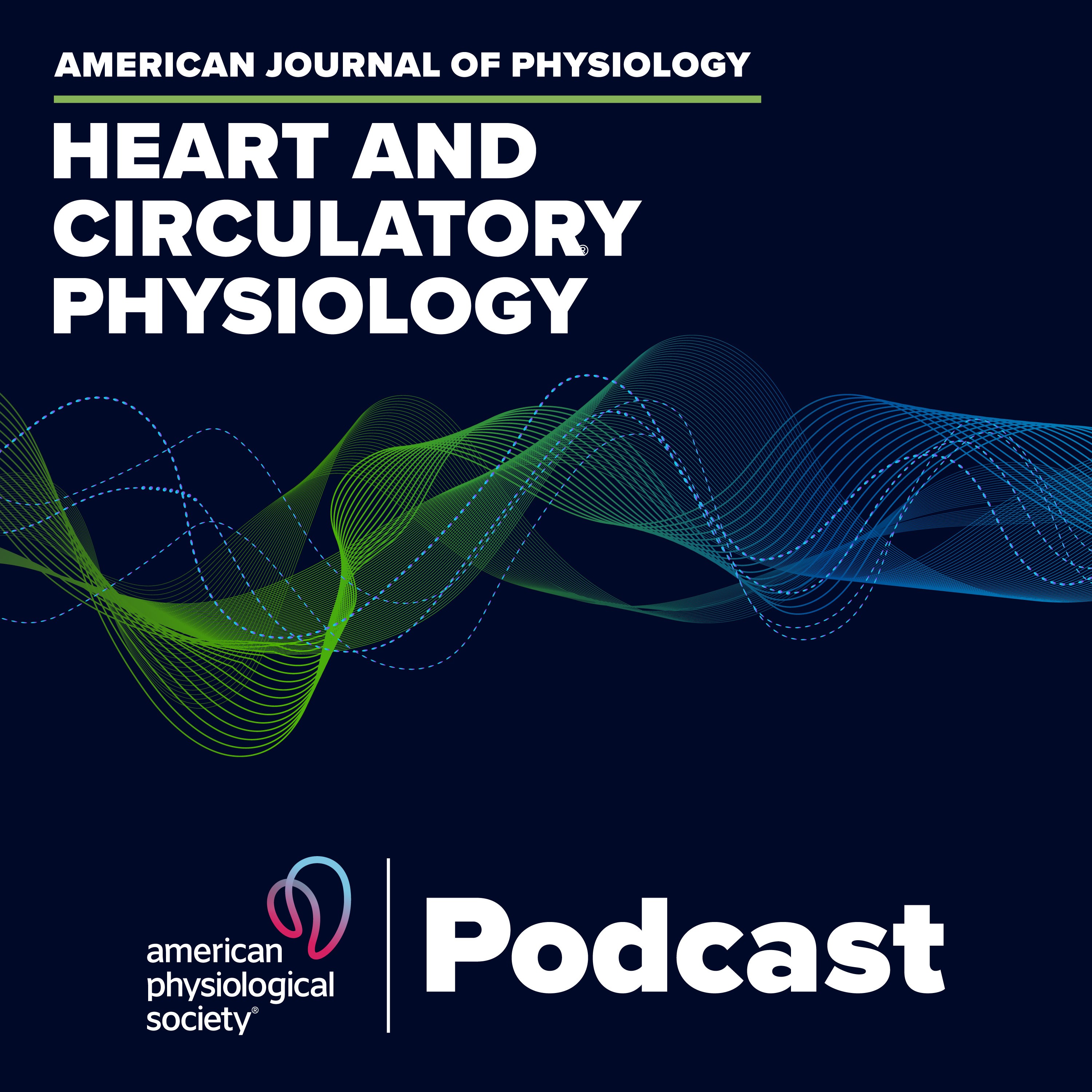Experimental Spinal Cord Injury and Orthostatic Hypotension
Description
What is the causal relationship between high-level spinal cord injury, orthostatic hypotension and increased risk for cardiovascular disease? In this episode, Consulting Editor Patrick Osei-Owusu (Case Western Reserve University) interviews authors Christopher West (University of British Columbia) and Aaron Phillips (University of Calgary), along with expert Jill Wecht (James J. Peters VA Medical Center) about the new study by Hayes et al. High-level spinal cord injury can lead to orthostatic hypotension, a debilitating condition experienced by a substantial number of both cervical and high thoracic spinal cord injury (SCI) patients. Yet how this impacts the heart and cerebral vasculature is not well understood in this population. By creating a novel experimental animal model of lower body negative pressure, the authors were able to study how the brain vasculature and heart respond to an orthostatic challenge. Hayes et al. first quantified how much negative pressure was needed to replicate clinically-relevant orthostatic hypotension in rodents with SCI. The authors then introduced the lower body negative pressure technique, and measured cardiac pressure and volume responses in rodents with and without SCI. Finally, the authors imaged the mid-cerebral artery and analyzed step-wise reductions in blood pressure during lower body negative pressure to understand the relationship of pressure to flow in the cerebrovasculature in rodents with and without SCI. What did the authors find and what is the clinical significance of this novel experimental model of lower body negative pressure that allows for real-time micro-analysis in multiple organ systems? Listen to find out.
Brian D. Hayes, Mary Pauline Mona Fossey, Malihe-Sadat Poormasjedi-Meibod, Erin Erskine, Jan Elaine Soriano, Berkeley Scott, Ryan Rosentreter, David J. Granville, Aaron A. Phillips, and Christopher R. West Experimental high thoracic spinal cord injury impairs the cardiac and cerebrovascular response to orthostatic challenge in rats Am J Physiol Heart Circ Physiol, published September 23, 2021. DOI: 10.1152/ajpheart.00239.2021
More Episodes
While decreased IL-33 signaling has been associated with preeclampsia, the mechanisms linking this signaling pathway to disease pathophysiology are not well understood. In this episode, Associate Editor Dr. Amanda LeBlanc (University of Louisville) interviews author Dr. Denise Cornelius...
Published 06/04/24
Published 06/04/24
In this episode, Associate Editor Dr. Jonathan Kirk (Loyola University Chicago) interviews author Dr. Ed Lesnefsky (Richmond Department of Veterans Affairs Medical Center and Virginia Commonwealth University) and expert Dr. Chi Fung Lee (Oklahoma Medical Research Foundation) about the new Methods...
Published 05/03/24


